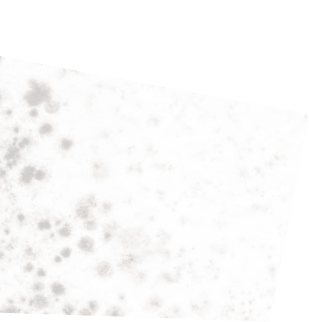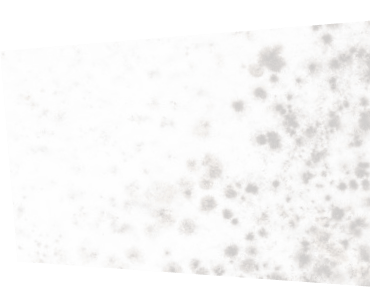Before beginning any construction work on a project, Ontario laws and regulations require a designated substance survey to be provided to all potential contractors. The purpose of the survey and home air quality tests prior to beginning demolitions, renovations, and rebuilds is to identify the concentration and location of potentially harmful substances or contaminants so workers can adequately prepare.
At Inch By Inch Inspections, our team adheres to InterNACHI guidelines for objective home air quality tests and designated substance survey results.
Read on to learn what commonly encountered contaminants must be recorded.
Asbestos
 Asbestos can be found in many building materials installed or manufactured in the mid-to-late 20th century. The hazardous mineral can be found in roofing materials, cement sheets, insulation, drywall, vinyl tiles, and other areas. If asbestos is inhaled or ingested, its rigid fibres can scar tissues causing asbestosis, mesothelioma, or other forms of lung cancer.
Asbestos can be found in many building materials installed or manufactured in the mid-to-late 20th century. The hazardous mineral can be found in roofing materials, cement sheets, insulation, drywall, vinyl tiles, and other areas. If asbestos is inhaled or ingested, its rigid fibres can scar tissues causing asbestosis, mesothelioma, or other forms of lung cancer.
Silica
Like asbestos fibres, silica sand particles can be easily inhaled if exposed during construction, leading to severe chronic illnesses like lung cancer. Silica may be found in brick, sand, stone, concrete or mortar. Exposure occurs when dust is created, often by drilling, grinding, or chipping away at contaminated materials.
Lead
Lead was used in construction because of its widespread availability. The naturally-occurring element was used in the production of alloys, batteries, flashing, cable wiring, and even stained glass. Lead is toxic. When exposed to it, the chemical element can cause damage to vital organs. To avoid delaying progress on your construction project, home air quality test and inspections will help you accurately identify lead on the premises of your property, so you can take the necessary action early.
Mercury Emissions
Mercury is a toxic metal known for its shiny silver exterior and used in older thermometers. Typically when the hazardous element is found in designated substance surveys, it is not pure. It’s found as a compound travelling from one environment to another. Mercury exposure is harmful to people of all ages, but it’s particularly threatening to young children with developing nervous systems.
Radon
While some items on the designated substance survey were intentionally used in construction, other radon was not actively sought after for buildings. Instead, they exist within the soil and dirt below the foundation of a property. When there is damage to the foundation or wells in place, radon seeps into the indoor space.
Arsenic
Similar to radon, arsenic exists naturally in soil and groundwater, but it is also used in the production of textiles, papers, ​​wallpapers, ceramics, paint, or dust from building materials. In heightened concentrations, arsenic is carcinogenic and should be avoided.
Vinyl Chloride
Vinyl Chloride is a synthetic chemical used to make PVC pipes frequently used in modern plumbing applications. Vinyl chloride is a flammable gas that burns quickly and can be harmful if inhaled.
Scheduling Your Designated Substance Survey
The Inch By Inch Inspections team is experienced and certified in everything from asbestos inspections, radon testing, mold detection and more. You can count on us for all your commercial or home air quality test needs. Get your designated substance survey done quickly and comprehensively.




